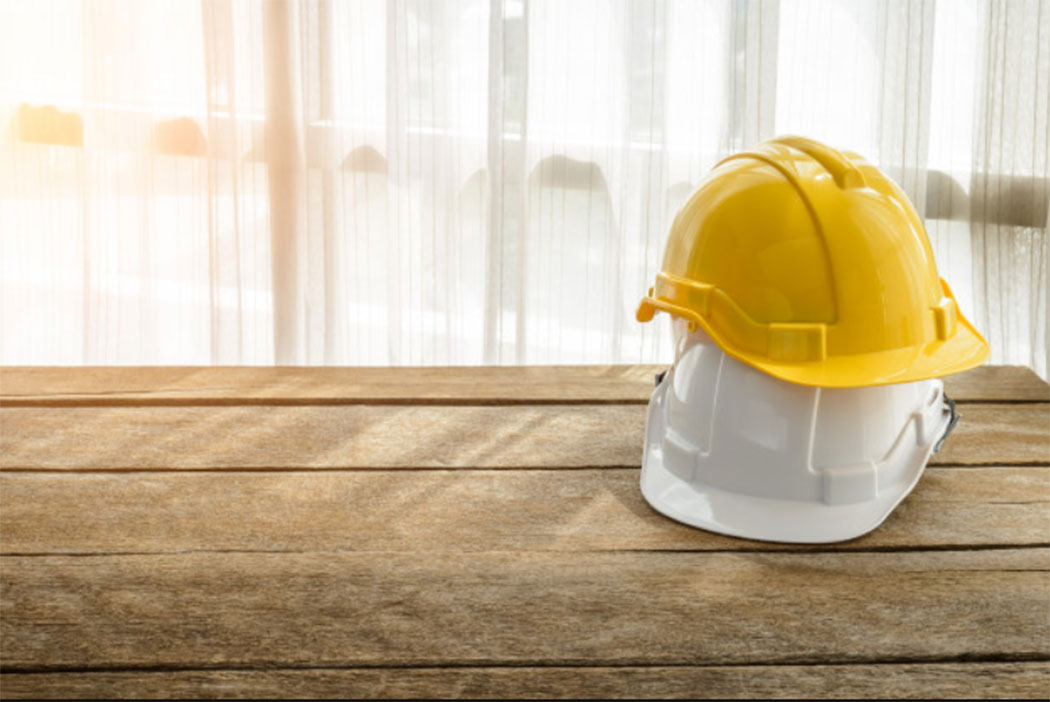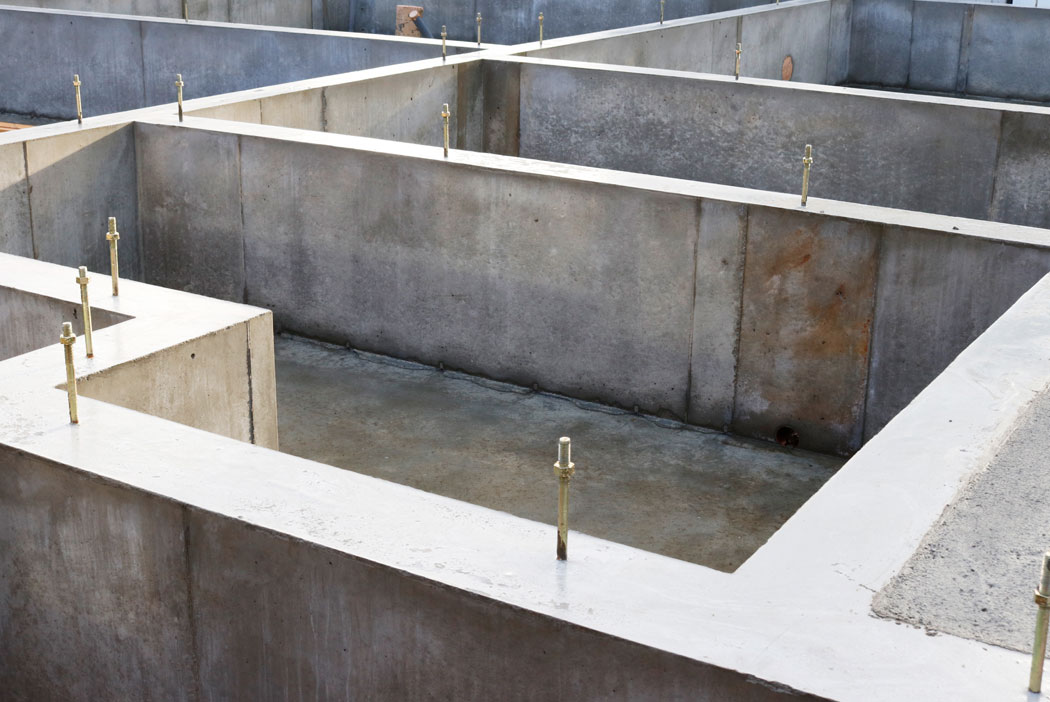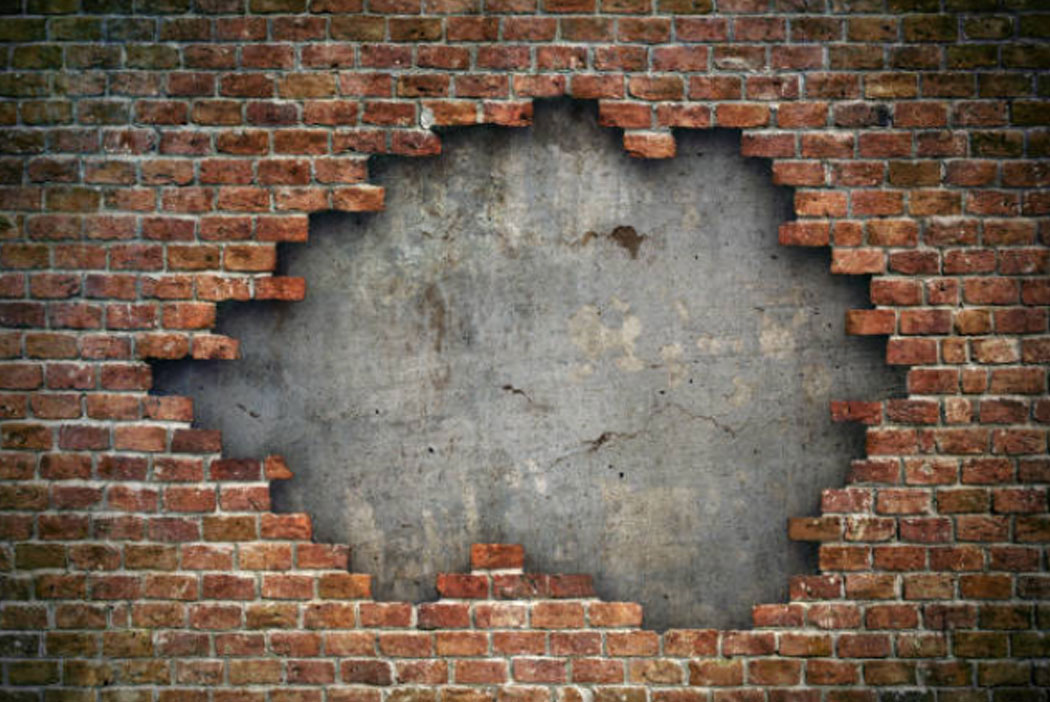A structural engineer designs, plans and managesbuildings and structures such as bridges, tunnels, stages, platforms etc. A structure is defined as a self standing object which transfers its weight which is know as a dead load to its environment via another structure and eventually to the ground by means of a foundation. Part of designing is to ensure that the structure is safe when it will be in use as well as being practicallyconstructible. A structural engineer begins with the remit or scope of work as outline by the client and defines the requirements for the project for it to be able to be constructed. Part of the design is to ensure that the project is cost effective and within the budget of the client but at the same time is a safe system and designed to the required regulations and standards. Being cost effective means that the structural engineer is required to think out of the box and develop solutions which utilise the latest construction technologies and methods. The designs are usually governed by a set of standards such as the British Standards, Building Regulations, Eurocodes etc.
Design development
Once the requirements are defined the structural engineer develops a conceptual design proposing a structural scheme which defines the stability of the structure. There are various methods and systems that can be used to stabilize a structure such as using moment connections, bracing, using core walls and core structural elements as part of the main primary supporting system of the structure. Once this is developed and the project has reached a point where the project stakeholders are in agreement with the method adopted a detailed design is carried out. A detailed design includes calculations, defining thickness of elements, specifying materials. During this time the structural engineer also aims to ensure that costs of the construction is kept to a minimum by designing efficiently. Calculations are usually carried out by using the latest technologies and software. Amongst the advanced technologies is finite element analysis where the engineer will build up a model of the structure, work out the loads and carry out a structural analysis to determine the size of the members.
One of the most important aspects of the structure is the design of the foundation as this is the most critical element of the structure. If the foundations are not adequate the whole structure will be compromised and hence a scientific approach is taken to ensure a suitable foundation design is considered. There are various foundation types that can be proposed which are used in various situations. More about foundation types can be read on our ‘Types of Foundations’ blog.
Risk Management
Another critical aspect of structural engineer’s role is to considered risk and to manage risks through the development and design of the structure. The first step taken by an engineer is to eliminate the risk and if not possible to eliminate then to manage the risk by putting in measures in place to ensure that the risk is controlled.
Structural engineers link all other aspects of design and construction together and play a major part between Architects, Designers and Contractors. It is vital to engage with a Structural engineer for a project from the planning stage through to construction to plan efficiently a cost effective time saving solutions for your build.



